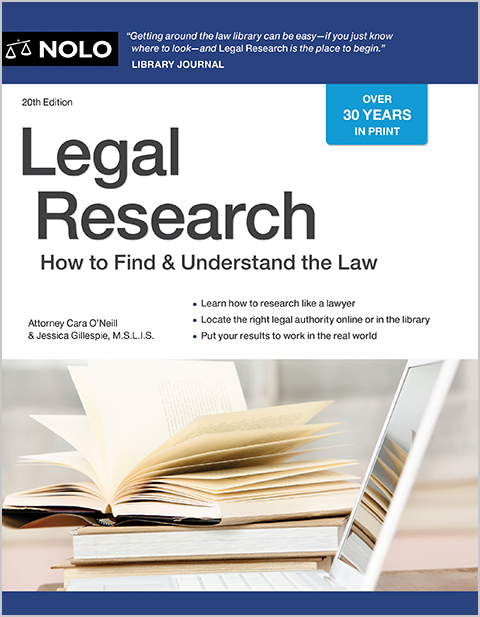Determining whether bail is excessive depends on the unique circumstances of each case.
Excessive bail in a criminal case violates the Eighth Amendment to the U.S. Constitution. But the Constitution doesn't specify how much is too much. Ultimately, it's a balancing act. Judges must balance the defendant's presumption of innocence against the government's interest in assuring the defendant shows up at trial.
What Is Excessive Bail?
Bail serves two primary purposes—assuring the defendant shows up in court and doesn't present a public safety threat. If the bail amount is higher than an amount reasonably needed to fulfill these purposes, it's excessive and unconstitutional.
This doesn't mean bail must be set at an amount a defendant can afford. But, bail shouldn't be used to punish a defendant for being a suspect or poor, nor should it unfairly keep a defendant behind bars. All criminal defendants are innocent until proven guilty.
When Is Bail Excessive?
Determining whether bail is excessive depends on the unique circumstances of each case. There's no magic number. The amount must reflect the severity of the offense and the defendant's flight risk. Because each situation is so unique, judges receive a lot of leeway in setting bail. Defendants must clear a high hurdle to prove bail was excessive.
When setting bail, judges typically evaluate:
- the likelihood the defendant will flee, commit another crime, or harm or intimidate others
- the defendant's criminal history, character, and community ties, and
- the seriousness of the current offense(s).
Circumstances that may justify higher bail amounts include cases where defendants:
- face serious charges (such as sexual assault or murder)
- have a history of bail jumping or failing to appear
- have a criminal record including violent offenses, and
- have limited or no family or community ties to the area.
Some states' laws require judges to consider the defendant's financial ability to pay. For example, setting bail at $100,000 might not persuade a millionaire to return to court, but it could amount to a jail sentence for someone working minimum wage.
Examples of Excessive Bail Challenges
In these two cases, state appellate courts found bail to be excessive and unconstitutional.
Excessive. A defendant charged with murder and aggravated robbery challenged his $1.5 million bail. The defendant was a lifelong resident of the area, his entire family lived there, and he had a full-time job. The government presented no evidence that he was a safety theft. He had no prior felony convictions, no history of failing to show up at court, and no history of using weapons. The trial judge ordered the $1.5 million without taking into consideration his financial ability to pay, which is required in Ohio. The court held that the defendant's "high bail was effectively a denial of bail." (Dubose v. McGuffey, 179 N.E.3d 780 (Ohio App. 2021).)
Excessive. The defendant's bail was set at $485,000. He faced non-violent charges of negligent homicide, obstruction of justice, prohibited texting while driving, and reckless operation of a vehicle. The defendant had life-long ties to the community, family in the area, full-time employment as a heavy equipment operator, and no criminal record. The state supreme court found the bail amount to be excessive. (State v. Halvorson, 329 So.3d 276 (La. 2021).)
In the next two cases, the court upheld the bail amounts.
Not excessive. The defendant was held on $100,000 bail. He was charged with 35 counts, including attempted murder, aggravated battery, aggravated assault, and first-degree cruelty to children. He had a history of violence, including an arrest two months prior for physical abuse of his 4-month-old son and other prior convictions. The defendant did not own a home in the area and had moved between four counties. The trial court factored in the defendant's ability to afford bail. The appellate court upheld his bail. (Colemon v. State, 367 Ga. App. 901 (2021).)
Not excessive. A defendant charged with murder challenged his $1 million bail amount as excessive because he could not afford to pay it. He also argued he was not a flight risk based on family ties to the community and being raised there. The appellate court upheld the bail amount. The trial court considered the defendant a safety risk given his lengthy criminal record, history of violating weapon laws, history of lying to police, and allegations of committing a stranger-on-stranger offense. (Ex parte Grant, 2024 WL 924433 (Tex. App. Mar. 5, 2024).)
How to Challenge Excessive Bail
Defendants can ask the trial court to review the original bail amount set. This request typically takes the form of a motion. Some states require a motion be held if a defendant remains in jail due to inability to pay for bail.
Defendants need to support their request with evidence. Having family, friends, community members, and employers testify on their behalf can help. Proof of limited financial assets can also be presented to the court. A defendant might agree to attend substance abuse or anger management counseling, wear an ankle bracelet, or be subject to other monitoring.
If the defendant's motion is denied, the defendant may need to appeal to a higher court.
Talk to a Lawyer
If you're detained in jail because you lack the resources to bail out, talk to a criminal defense attorney. A lawyer who's familiar with the local judges and prosecutors will have a good sense of what type of evidence will be persuasive in getting bail reduced. Work with your lawyer in identifying evidence that will bolster your argument for lower bail.

